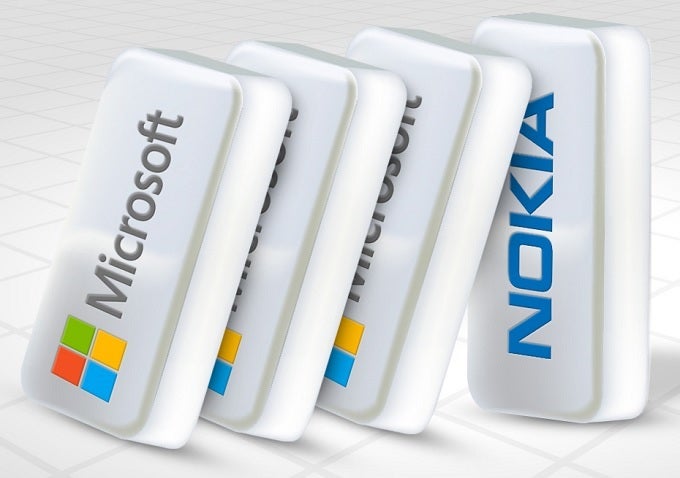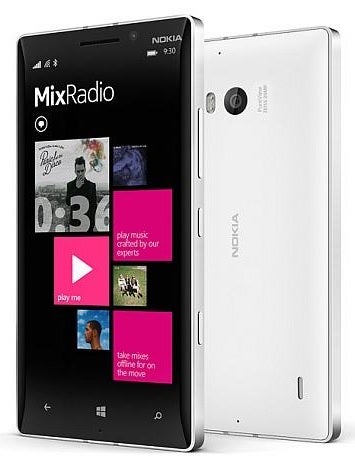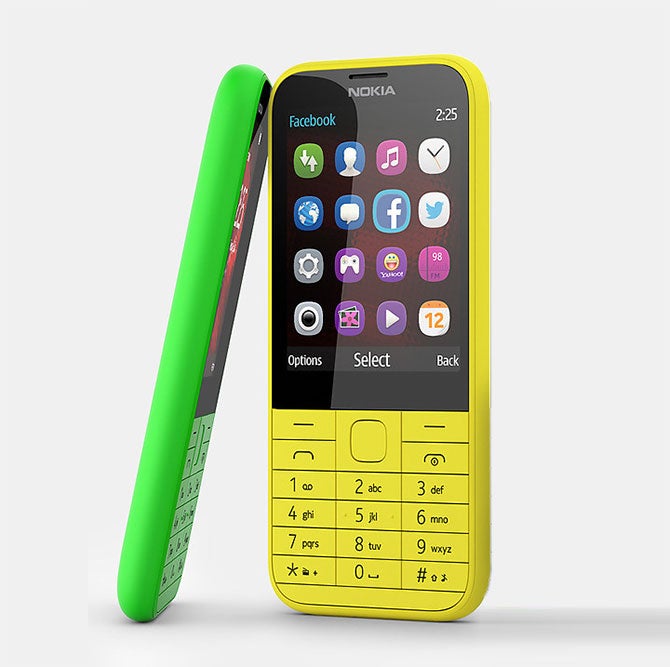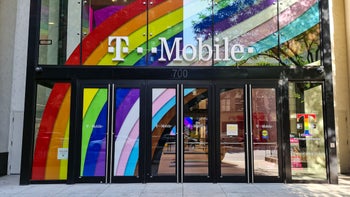Armchair quarterbacking Microsoft layoffs: money, culture, and farewell to Nokia
This article may contain personal views and opinion from the author.

Now that all of us have had some time to digest Microsoft’s announcements to take the axe to a number of products, operations, and jobs, why not take a look at how it might impact mobile specifically, arguably the most important sector of industry and commerce today and in the foreseeable future.
One culture over here, one culture over there
By outward appearances, the merger with Microsoft and Nokia Devices and Services was not really any different. Software, marketing, human resources, sales, research and development, ad infinitum, are all areas of that became overlapped and instantly redundant. The traditional model for such layoffs is that the acquired company generally bears most of the burden, but that is not an absolute. In the Microsoft-Nokia case, there was a lot of complementary talent too. However, anyone that thought there would not be layoffs following the merger were kidding themselves. These cuts are more than cost cutting, or even reorganization in the classic sense, it is clearly about culture too, and Nokia is being kept apart of, but from a distance. Engineering gets a boost in Finland while stateside and elsewhere, the old Nokia is going to feel the pinch.
Good-bye Nokia (for real this time)
Microsoft did not get into much detail about where the cuts would be beyond the broad numbers, but of the 5,500 Microsoft employees being cut, about 1,400 will be in the Seattle area. Reports indicate that they will touch just about every department (though some more than others).
On the former Nokia side, it is going to hit manufacturing and professionals alike. The manufacturing facility in Komaron, Hungary will be hit the hardest, as that location will be shut down.
Even then, for all intents and purposes, this marks the end of an era, Nokia is no more.
Mobile loses

Don't let the door hit you on the way out...the Nokia X (and friends) was ill equipped to compete in the low cost segment
Cancelling the Asha and Series 40 feature phones did surprise me. These devices are a hit in developing markets, and while they do not necessarily fit the “Windows” motif, they were still a hook with which to build brand identity and loyalty. Some of these devices are a must in remote areas with unreliable (or non-existent) power grids (like Africa), like the Nokia 225. Yeah, I know it is not a sexy new Windows Phone with the latest Snap-this-HD-that-PureView-pizzazz, but it has a 36 day standby time, and you can talk continuously on it for almost 24 hours straight. Smartphones dream of battery life that can be measured beyond hours.
The focus on smartphones and abandoning lower-cost market-entry devices, indicates to me that Microsoft might even go a step further at some point, and not only shutter more manufacturing capacity, but trim the smartphone segment even further. That means possibly looking at the “high end” only. Low-end units sell in greater numbers, but the profit margins are much thinner. However, they are the key to developing markets like China, India, and Africa. Competing on a low-cost basis is possible, even feasible. In markets of such size, that is where you can increase the user base, and drive long-term growth.
“High-end” does not equal flagship
Currently, every major manufacturer has their absolute banner device. The HTC One (M8), Samsung Galaxy S5, LG G3, Sony Xperia Z2, and others, all represent that one device at the top of any given line-up. In the Windows Phone space, there are arguably three, the Lumia 1520, Lumia Icon, and Lumia 930 (okay, those two are ostensibly the same device).

The Lumia 930 is an excellent Windows Phone, but will the market accept another incremental upgrade?
Same suspicions and criticism
The institutional critics of Microsoft’s acquisition of Nokia were not concerned about whether the companies could merge. The concerns were over how Nokia’s money losing business model with hardware was going to affect Microsoft’s bottom line (not that Microsoft’s hardware venture was making money either, see the Surface RT). Indeed, even if its best days were yet to come, Nokia was going to have some hard decisions to make.
As we saw from Microsoft’s recent financial statement, Nokia Devices and Services sapped $700 million, and $0.08 per share, on top of the $7+ billion spent to buy the company. There were no granular "forward looking" statements, but when you announce layoffs, a significant shutdown of manufacturing capacity and product lines before an earnings statement, and then that earnings statement shows a still hurting Nokia with no expectation to break even before 2016, I am thinking that Nokia was in far worse shape than any of us laymen-tech-media-types thought. In fact, I’ll argue that the surviving Nokia, the one still based in Finland, holds a bunch of patents, operates HERE Maps, and a profitable network switching and systems unit is in better shape without Devices and Services.
The brand is as important as the product
Even if Nokia is but a shell of what it once was, the name holds weight, as do the Nokia and Lumia brands. Compared to the Microsoft brand, whose last foray into mobile was the KIN, Nokia and Lumia are by far stronger brands in mobile. By cutting out the Asha and Series 40 lines, Microsoft is also giving up on the delivery of hundreds of millions of units per year. That’s hundreds of millions, effectively ceding markets to the likes of Samsung. Hundreds of millions of items that advertise an image, and a brand.
Nokia and Lumia are brands associated with cutting edge camera technology, placing massive sensors into packages beyond typical imagination. They are also brands that were first to market with ultrasensitive displays so they could be used while wearing gloves. These are the brands that delivered ClearBlack displays which, in my opinion, are unrivaled in outdoor visibility. These can all be tied to Lumia, but that is tied to Nokia as well.

It may not look like much, but the Nokia 225 covered the basics and then some, all while providing over a month of standby battery life
For the long run, I think the goal of uniting behind “Windows,” in whatever shape that takes, for mobile is the right idea. That said, I cannot help but think that the baby is getting thrown out with the bath water. The cloud is the future, and the future is mobile, and Microsoft has a robust and flourishing cloud offering, but the company is also passing out pink slips to half of a mobile centric business unit. Remember, Microsoft is now officially in the business of manufacturing its own stuff. Like I wrote earlier, mergers create redundancies, thus layoffs are inevitable. I just cannot shake the feeling that Microsoft may have created a hindrance to the growth of the Windows Phone platform in the short term, and that does not bode well for the brand that literally gave it life.
Follow us on Google News













Things that are NOT allowed:
To help keep our community safe and free from spam, we apply temporary limits to newly created accounts: